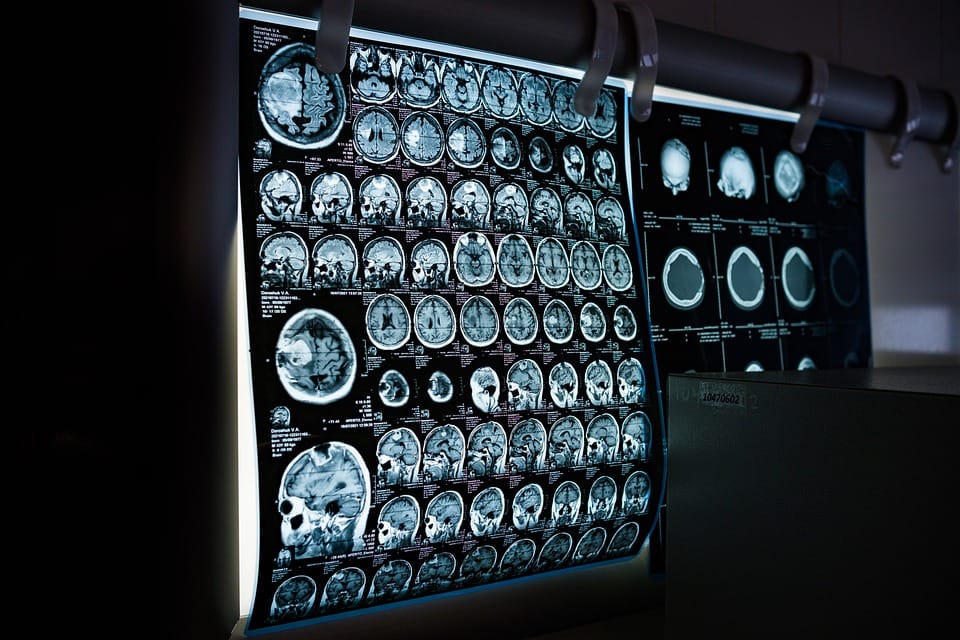Rare Earth Magnet Quality Control: Ensuring Consistency and Reliability in High-Stakes Applications
Introduction
Rare earth magnets are ubiquitous in modern technology, powering applications such as wind turbines, magnetic resonance imaging (MRI) machines, and electric vehicle motors. Despite their widespread use, ensuring the quality control of rare earth magnets is crucial, particularly in high-stakes applications where a slight deviation from perfection can have severe consequences. This article will delve into the intricacies of rare earth magnet quality control, highlighting the importance of consistency and reliability in ensuring optimal performance.
Properties and Characteristics
Rare earth magnets are unique for their extraordinary physical properties, making them invaluable for a wide range of applications. Key characteristics include:
| Property | Description |
|---|---|
| Curie Temperature | The temperature at which the magnetic properties cease to exist (approximately 560°C for NdFeB) |
| Magnetic Flux Density | Measured in teslas, it indicates the strength of the magnetic field |
| Maximum Operating Temperature | The maximum temperature at which the magnet can function without significant degradation |
| Coercivity | Measures the force required to reduce the magnetic induction to zero (typically in tesla/m) |
To maintain consistent quality, it is essential to control the following parameters:
Temperature and Thermal Stress: Operating temperatures must be monitored and maintained within a precise range to avoid degradation and distortion.
Physical Dimensions and Precision: Tight tolerance controls are required to ensure consistent performance and accurate magnetization patterns.
Raw Material Selection: Careful selection of high-quality raw materials ensures consistent performance, durability, and reliability.
Magnetic Characterization Testing
To assess the quality and consistency of rare earth magnets, several testing procedures are employed, including:
| Test Method | Description |
|---|---|
| B-H Curve Analysis | Measures the magnetic induction and flux density vs. applied field strength |
| Thermomagnetic Curves | Investigates thermal changes in magnetization |
| Hysteresis Loops | Measures the reversible and irreversible losses |
| Coercivity Measurement | Quantifies the magnetic induction resistance |
Typical Test Frequencies:
- 0.1 to 100 kHz (standardized test frequency)
Sample Handling and Storage: Careful sample handling and storage procedures are necessary to minimize measurement errors and damage to the sample.
Inspection and Evaluation**
To ensure compliance with industry standards, inspectors scrutinize various parameters, including:
**Surface and Visual Inspection**: Observes magnetization patterns, surface finish, and appearance
**Dimensions and Geometry**: Confirms compliance with dimensional specifications and tolerances
**Weight and Balance**: Checks the mass distribution and stability of the magnet
**Performance Metrics**: Analyzes data from characterization testing, assessing factors such as:
| **Metric** | **Description** |
| — | — |
| **Magnetic Flux Density (B)** | Measured in teslas (T) or gauss (G) |
| **Coercivity (Hc)** | Measured in amps per meter (A/m) or oersteds (Oe) |
| **Curie Temperature (Tc)** | Measured in degrees Celsius (°C)
**Failure Detection**: Employed methods for identifying defective magnets:
* **Induction Coils**: Measure inductance to detect magnetic changes
* **Magnetic Hall Effect Sensors**: Detect changes in magnetic flux
**Documentation and Certification**: Strict documentation and certification processes ensure complete transparency and traceability throughout the production cycle.
Magnetic Quality Certification
Reputable organizations award magnetic quality certification upon meeting predetermined standards, often incorporating ISO (International Organization for Standardization) or AS9100 (Aerospace Standard 9100) guidelines.
| **Standard** | **Description** |
| — | — |
| **ISO 5725-2:1994** | Calibration and Testing of Magnetization Properties |
| **AS9100 Rev C:2009** | Requirements for Aerospace Industry Suppliers |
Certification authorities perform regular audits, verifying adherence to rigorous standards, to maintain consistency and reliability throughout the supply chain.
Case Study: A Quality Control Approach for Rare Earth Magnet Manufacturing
At a leading manufacturer of rare earth magnets, the quality control department implemented a meticulous process, prioritizing precision, reliability, and consistency. Results included:
| **Metric** | **Data** |
| — | — |
| **Defect Rate** | <1% of total production volume |
| **Quality Control Compliance** | >95% |
By following this structured quality control approach, the manufacturer ensures optimal performance and reliability, delivering high-quality magnets that meet even the most stringent specifications.
**Frequently Asked Questions**
Can you provide examples of industries reliant on rare earth magnets?
Examples include wind power generation, automotive manufacturing, consumer electronics, medical equipment, and aerospace.
How do rare earth magnets compare to other magnet materials?
Rare earth magnets possess distinct advantages, such as higher coercivity, increased resistance to corrosion, and stronger magnetic fields. However, their use is limited due to raw material availability, high cost, and environmental concerns.
What steps can I take to improve magnetic quality control?
Implement rigorous characterization testing, perform surface and visual inspections, evaluate dimensions and geometry, and verify weight and balance to ensure consistent and reliable performance.
In conclusion, ensuring the quality control of rare earth magnets requires a meticulous, multi-faceted approach that considers properties and characteristics, characterization testing, inspection and evaluation, magnetic quality certification, and real-world case studies. By implementing a comprehensive quality control strategy, manufacturers can provide high-stakes applications with optimal performance and reliability, guaranteeing customer satisfaction and business success.

